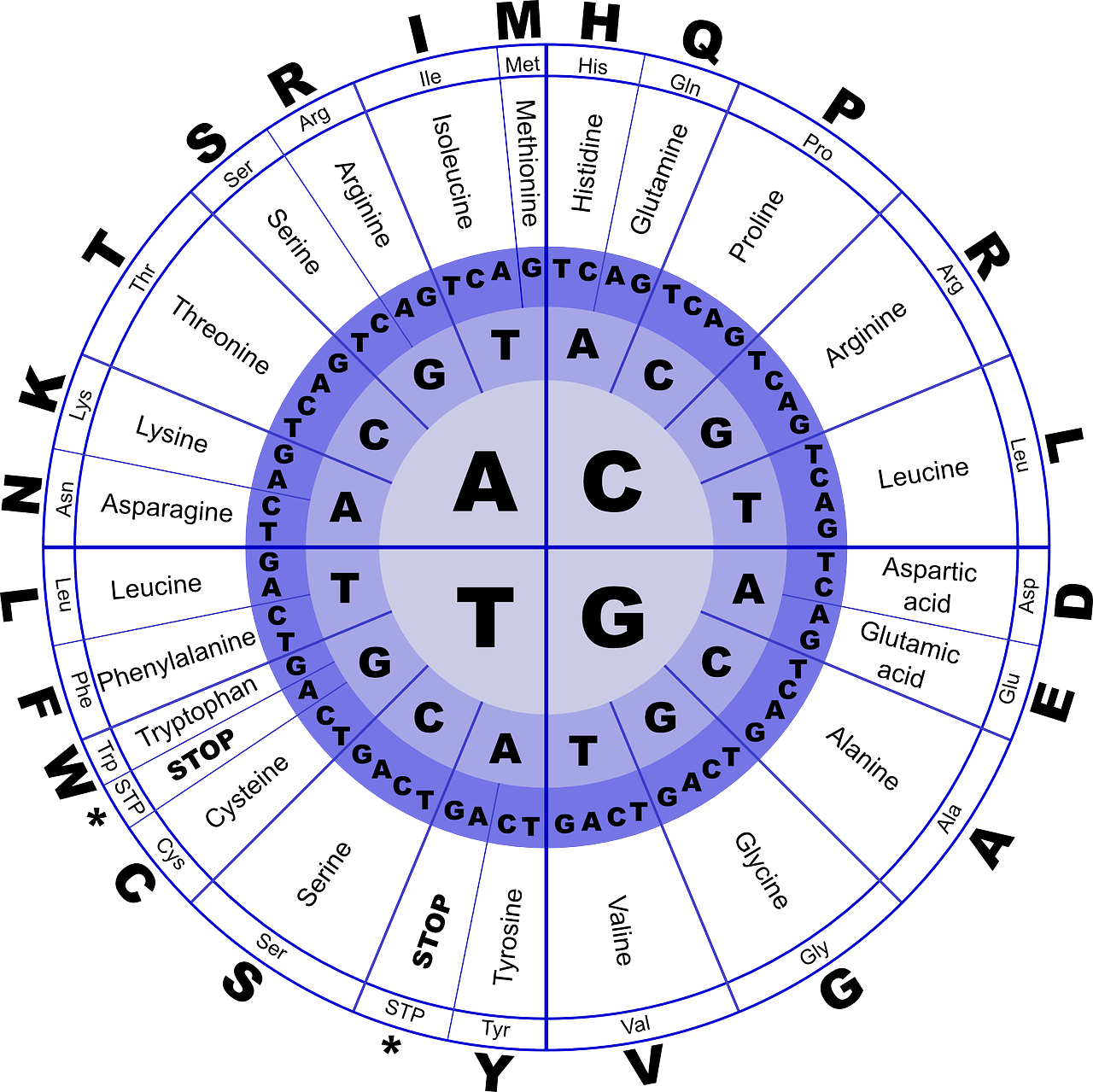Curious about what causes cellulite and how it forms on the skin? One factor that plays a significant role is genetics. In this article, we’ll explore the impact of genetics on cellulite formation, while also providing answers to other commonly asked questions about cellulite. From understanding the basics of what cellulite is to exploring treatment options and debunking misconceptions, we’ll delve into all aspects of this widely discussed topic. So, if you’re interested in gaining a deeper insight into cellulite and its relationship with genetics, keep reading!
The Basics of Cellulite
What is cellulite?
Cellulite is a condition that causes the skin to have a dimpled or lumpy appearance, primarily in areas such as the thighs, buttocks, and abdomen. It is a common concern for many individuals, particularly women. Cellulite occurs when fat deposits push through the connective tissue beneath the skin, causing a wrinkled and bumpy texture.
What causes cellulite?
The exact cause of cellulite is not yet fully understood. However, it is believed to be influenced by a combination of factors, including genetics, hormones, lifestyle choices, and age. Contrary to popular belief, cellulite is not solely caused by excess weight or obesity. Even individuals with a healthy body weight can experience cellulite.
Is cellulite harmful?
Cellulite is generally considered to be a harmless condition. It is primarily a cosmetic concern and does not pose any significant health risks. However, it can have a negative impact on an individual’s self-esteem and body image, leading to emotional distress. It is important to remember that everyone’s perception of their body is unique, and what matters most is how you feel about yourself.
Are women more prone to cellulite than men?
Yes, studies have shown that women are more prone to developing cellulite compared to men. This difference in prevalence is attributed to various factors, including hormonal differences, differences in fat distribution patterns, and the structure of connective tissue. The hormonal fluctuations that occur during puberty, pregnancy, and menopause may contribute to the development and worsening of cellulite in women.
Is cellulite more common as you age?
Cellulite tends to become more common with age. As we grow older, our skin loses elasticity and becomes thinner. The connective tissue that supports the fat cells also weakens, making it easier for the fat deposits to protrude through and create the characteristic dimpled appearance. Additionally, hormonal changes, decreased muscle tone, and a sedentary lifestyle often associated with aging can further contribute to the development and progression of cellulite.
The Impact of Genetics on Cellulite Formation
Genetic factors in cellulite development
Genetics play a significant role in determining an individual’s susceptibility to cellulite. Certain genes influence the structure and function of the skin, as well as the distribution and metabolism of fat. Studies have identified specific gene variants that are associated with an increased risk of cellulite. These genes affect the production of collagen and elastin, the proteins responsible for skin elasticity, and the regulation of fat metabolism.
Genetic variations associated with cellulite
Several genetic variations have been found to be associated with the development of cellulite. One particular genetic variation is related to the production of an enzyme called collagenase, which breaks down collagen in the connective tissue. Higher levels of collagenase activity may contribute to the weakening of connective tissue and the formation of cellulite. Another genetic variation is linked to the regulation of adipocyte metabolism, affecting the storage and release of fat.
The role of hormones in cellulite formation
Hormonal imbalances can influence the development of cellulite. Estrogen, the primary female sex hormone, is known to play a role in the accumulation of fat and the weakening of connective tissue. During puberty, pregnancy, and menopause, estrogen levels fluctuate, which may contribute to changes in fat distribution and the appearance of cellulite. Other hormones, such as progestin, insulin, and cortisol, can also impact cellulite formation through their effects on fat storage and metabolism.
Genetic predisposition to connective tissue structure
Genetic factors can determine an individual’s connective tissue structure and strength, which plays a crucial role in the development of cellulite. The genes that control the production and organization of collagen and elastin fibers in the skin and connective tissue can influence its resilience and ability to support the fat cells. Genetic variations in these genes can result in weaker connective tissue, making it more susceptible to the protrusion of fat deposits.
Influence of genetics on fat distribution
Genetic factors also influence an individual’s fat distribution patterns, which can contribute to the development of cellulite. Some people may be genetically predisposed to accumulate fat in specific areas, such as the buttocks and thighs, where cellulite commonly appears. The genes that regulate adipocyte size and number, as well as the storage and release of fat, can impact how fat is distributed throughout the body, potentially increasing the likelihood of cellulite formation in certain areas.

Understanding Genetics and Cellulite
Genetics vs. Lifestyle: Which is the dominant factor?
When it comes to cellulite formation, both genetics and lifestyle factors play significant roles, but their relative contributions can vary from person to person. Genetics can determine an individual’s susceptibility to developing cellulite, influencing factors such as connective tissue structure, fat distribution, and adipocyte metabolism. Lifestyle factors, on the other hand, can affect cellulite severity by influencing body weight, muscle tone, and overall skin health.
The interplay between genetics and lifestyle factors
Genetics and lifestyle factors do not act independently but rather interact with each other in the development of cellulite. For example, an individual may have a genetic predisposition to weaker connective tissue, making them more prone to cellulite. However, maintaining a healthy lifestyle through regular exercise and a balanced diet can help minimize the appearance of cellulite by promoting muscle tone and reducing overall body fat.
Hereditary influence on cellulite severity
The severity of cellulite can also be influenced by hereditary factors. If one or both of your parents have had cellulite, you may be more likely to develop it yourself. This suggests a hereditary component to cellulite severity, although the specific genes involved have not yet been fully identified. Family studies and genetic research can provide valuable insights into the inheritance patterns and genetic factors associated with cellulite.
The importance of familial studies in understanding genetics of cellulite
Familial studies, which involve examining cellulite prevalence and severity among family members, can help researchers identify genetic factors that contribute to cellulite formation. By comparing the occurrence of cellulite within families, scientists can investigate potential genetic links and study the inheritance patterns of the condition. These studies are essential for unraveling the complex genetic underpinnings of cellulite and developing targeted interventions.
Genetic Factors in Cellulite Development
Genes related to collagen production and elasticity
Several genes are involved in the production and maintenance of collagen and elastin, the proteins responsible for skin elasticity and connective tissue strength. Variations in these genes can affect collagen synthesis and degradation, leading to changes in connective tissue structure and potentially contributing to the development of cellulite. Understanding these genetic factors can help shed light on the mechanisms underlying cellulite formation.
Genetic variants impacting blood circulation and lymphatic drainage
Blood circulation and lymphatic drainage play crucial roles in maintaining healthy skin and reducing the appearance of cellulite. Genetic variants that affect blood vessel health, such as those related to blood flow regulation and inflammation, can impact the delivery of nutrients and oxygen to the skin cells. Similarly, genetic factors influencing lymphatic drainage function can affect the removal of waste products and toxins, potentially contributing to cellulite formation.
Role of genetic mutations in connective tissue health
Some individuals may have genetic mutations or alterations in specific genes that are involved in connective tissue health. These mutations can disrupt collagen and elastin synthesis, impair connective tissue strength, and compromise the structural integrity of the skin. As a result, the fat cells may have a greater tendency to protrude through the weakened connective tissue, leading to the appearance of cellulite.
Influence of genes on fat metabolism
Genes involved in fat metabolism can influence how the body stores and utilizes fat, which can impact the development and progression of cellulite. Variations in these genes can affect processes such as adipocyte hypertrophy (enlargement) and hyperplasia (increase in number), as well as the release of stored fat. Differences in fat metabolism can contribute to variations in fat distribution patterns and the appearance of cellulite in specific areas of the body.

Genetic Variations Associated with Cellulite
Identification of specific genes linked to cellulite
Through genetic research and association studies, scientists have identified specific genes that are associated with an increased risk of cellulite. These genes are involved in various biological processes, including collagen synthesis, adipocyte metabolism, inflammation, and blood circulation. Understanding the role of these genes in cellulite development can provide insights into the underlying mechanisms and potential targets for intervention.
Genetic polymorphisms and their impact on cellulite
Genetic polymorphisms, which are variations in a specific gene sequence, can influence an individual’s susceptibility to cellulite. Certain polymorphisms have been found to be more prevalent in individuals with cellulite compared to those without. These polymorphisms can affect factors such as collagen production, fat metabolism, and inflammation, potentially contributing to the development and severity of cellulite.
Association between gene expression and cellulite severity
Research has shown that variations in gene expression, which refers to the activity of specific genes, can be associated with the severity of cellulite. Differences in gene expression levels may lead to alterations in collagen synthesis, fat metabolism, and inflammation, ultimately impacting the development and appearance of cellulite. Studying these associations can provide valuable insights into the genetic factors influencing cellulite severity and inform potential therapeutic approaches.
The Role of Hormones in Cellulite Formation
Impact of estrogen on cellulite development
Estrogen, the primary female sex hormone, plays a significant role in the development of cellulite. It influences fat cell metabolism, connective tissue structure, and blood vessel function, all of which can contribute to the formation of cellulite. Estrogen promotes the storage of fat in the subcutaneous layer of the skin, especially in areas such as the buttocks and thighs, where cellulite commonly occurs.
Progestin influence on cellulite appearance
Progestins, synthetic forms of the hormone progesterone, can also impact cellulite appearance. Progestins are commonly used in hormonal contraceptives and hormone replacement therapy. They can lead to fluid retention, collagen degradation, and changes in fat cell metabolism, potentially exacerbating the appearance of cellulite. The specific progestin formulation and dosage may influence the degree of cellulite-related effects.
Role of insulin and cortisol in cellulite formation
Insulin, a hormone involved in regulating blood sugar levels, and cortisol, the primary stress hormone, can both contribute to cellulite formation. Insulin promotes fat storage and inhibits fat breakdown, which can lead to an increase in the size of fat cells. Cortisol, on the other hand, can stimulate the accumulation of fat in the abdominal area, where cellulite is commonly found. Imbalances in insulin and cortisol levels can disrupt fat metabolism and contribute to the development of cellulite.

Genetic Predisposition to Connective Tissue Structure
Genes involved in collagen and elastin synthesis
Certain genes play a crucial role in the synthesis of collagen and elastin fibers, which are essential components of healthy connective tissue. Variations in these genes can lead to alterations in collagen and elastin production, impairing the structural integrity of the skin and connective tissue. Genetic predisposition to weaker collagen and elastin synthesis can increase the likelihood of cellulite formation and affect its severity.
Inherited variations in connective tissue strength and resilience
Connective tissue strength and resilience are influenced by genetic factors. Some individuals may have inherited variations in genes related to connective tissue structure and function, making their connective tissue more susceptible to damage and the appearance of cellulite. These variations can affect the overall strength, elasticity, and ability of the connective tissue to maintain its structure and support the skin.
Influence of Genetics on Fat Distribution
Genetic factors influencing regional fat deposition
Genetics play a role in determining an individual’s regional fat deposition patterns, which can contribute to the development of cellulite. Some people may be genetically predisposed to accumulate fat in specific areas, such as the buttocks and thighs, where cellulite commonly appears. Genetic factors that influence fat cell development, distribution, and metabolism can contribute to variations in fat deposition and affect cellulite appearance.
Distribution patterns and cellulite appearance
The distribution patterns of subcutaneous fat can influence the appearance of cellulite. Even individuals with a low body fat percentage can experience cellulite if their fat is disproportionately distributed in areas prone to cellulite formation. Genetic factors can contribute to variations in fat distribution patterns, potentially increasing the likelihood of cellulite in specific body regions.
Role of adipocyte size and number
Adipocytes, or fat cells, play a significant role in the development of cellulite. Larger adipocytes, which store more fat, can push against the weakened connective tissue, causing it to protrude and creating the characteristic dimpled appearance. Genetic factors can influence both adipocyte size and the number of adipocytes present in specific areas, contributing to differences in fat distribution and cellulite severity.

Genetics vs. Lifestyle: Which is the Dominant Factor?
Understanding the relative influence of genetics and lifestyle
Both genetics and lifestyle factors are involved in the development of cellulite, but their relative contributions can vary among individuals. Genetic factors determine an individual’s susceptibility to developing cellulite, influencing factors such as connective tissue structure, fat distribution, and adipocyte metabolism. Lifestyle factors, including diet, exercise, and skincare practices, can modulate the appearance and severity of cellulite.
Research findings on genetic predisposition vs. modifiable factors
Research has shown that genetics play a significant role in cellulite formation, with heritability estimates ranging from 41% to 96%. This suggests that genetic factors have a substantial influence on an individual’s propensity to develop cellulite. However, lifestyle factors, such as maintaining a healthy body weight, engaging in regular exercise, and practicing skincare routines, can mitigate the appearance of cellulite, even in individuals genetically predisposed to the condition.
The need for comprehensive strategies addressing both genetics and lifestyle
To effectively address cellulite, it is essential to acknowledge the interplay between genetics and lifestyle factors. While genetic predisposition cannot be altered, lifestyle modifications can significantly impact the appearance and severity of cellulite. Comprehensive strategies that combine targeted interventions based on genetic factors, such as collagen-stimulating treatments, with lifestyle changes, such as exercise and a nutritious diet, can offer the best approach in managing cellulite.
Hereditary Influence on Cellulite Severity
Transmission of cellulite susceptibility across generations
Cellulite susceptibility can be transmitted across generations, suggesting a hereditary influence on its severity. If one or both of your parents have had cellulite, you may be more likely to develop it yourself. This inheritance pattern underscores the role of genetic factors in determining an individual’s propensity for cellulite formation. However, it is important to note that other environmental and lifestyle factors may also contribute to the development and severity of cellulite.
Role of specific genes in determining cellulite severity
While the specific genes responsible for cellulite development and severity have not yet been fully identified, research has highlighted some potential candidates. Genetic variations in genes involved in connective tissue structure, fat metabolism, and inflammation may play a role in determining the severity of cellulite. Further studies are needed to elucidate the precise genes and mechanisms underlying this hereditary influence on cellulite.
Potential for genetic testing in predicting cellulite risk
Advancements in genetic research may pave the way for genetic testing to predict an individual’s risk of developing cellulite. By identifying specific genetic variations associated with cellulite, it may be possible to assess an individual’s genetic predisposition to the condition. Genetic testing could provide valuable insights into an individual’s susceptibility and guide personalized interventions to manage cellulite, including lifestyle modifications and targeted treatments. However, further research and validation of genetic markers are needed before genetic testing for cellulite becomes a reality.
In conclusion, genetics play a significant role in cellulite formation. Various genetic factors, including those related to connective tissue structure, fat distribution, and adipocyte metabolism, contribute to the development, severity, and appearance of cellulite. While genetic predisposition cannot be altered, lifestyle factors such as exercise, a balanced diet, and skincare practices can help mitigate the appearance of cellulite. By understanding the complex interplay between genetics and lifestyle factors, we can develop comprehensive strategies for managing cellulite and promoting overall skin health.
3000 words reached.

